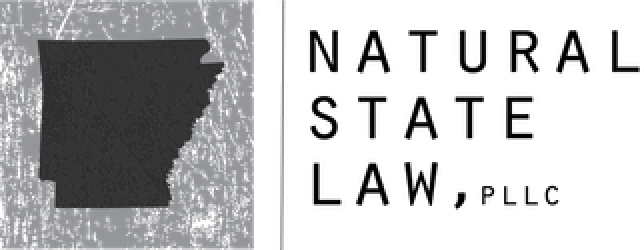A Chapter 13 bankruptcy is what’s known as a reorganization bankruptcy. An individual who files Chapter 13 proposes to pay their creditors over three to five years in a plan. This plan details how their projected future income would be used to pay creditors. It is only a projection, though. It is sometimes the case that unforeseen circumstances can make completion of the plan impossible, such as a severe illness in the family, the loss of home and employment due to a natural disaster, or even the unfortunate death of a spouse. For situations like this, the Chapter 13 “hardship discharge” would be used.
Hardship Discharge
Usually, with a Chapter 13 bankruptcy, you do not receive a discharge until your debts are paid off. However, with reorganization plans traditionally set for 3 to 5 years in the future, it is not uncommon to experience unforeseen financial circumstances. A hardship discharge is an early discharge granted by the court where you must declare three special qualifiers outside of your control.
Three Qualifiers
The first is that you failed to make all required payments in your bankruptcy because of circumstances that you could not control. The second is that all of your creditors have received as much repayment as would be allotted to them if you had filed for Chapter 7 bankruptcy. And the third is that any change or modification of your reorganization plan is impossible.
Hardships
In specific terms, a hardship discharge is granted in the case of, well, hardships. An example would be a life-threatening illness that arose after you filed for bankruptcy, preventing you from meeting your obligations. Another scenario could be a significant loss of income due to changes in employment or the tools of your trade being lost in a natural disaster. The point is your financial obligations are incapable of being met due to circumstances beyond your control.
Unsecured Loans
Before a hardship discharge is granted, you must first prove that creditors who offered loans unsecured by collateral have been paid as much as they would have had you filed for Chapter 7. Chapter 7 is based on the amount of nonexempt property you own. In Chapter 13, you pay your creditors for the right to keep the nonexempt property hence why you get to keep it.
For more information on Chapter 7, Chapter 13, or hardship discharges, call Natural State Law, PLLC today at (501) 916-2878.


